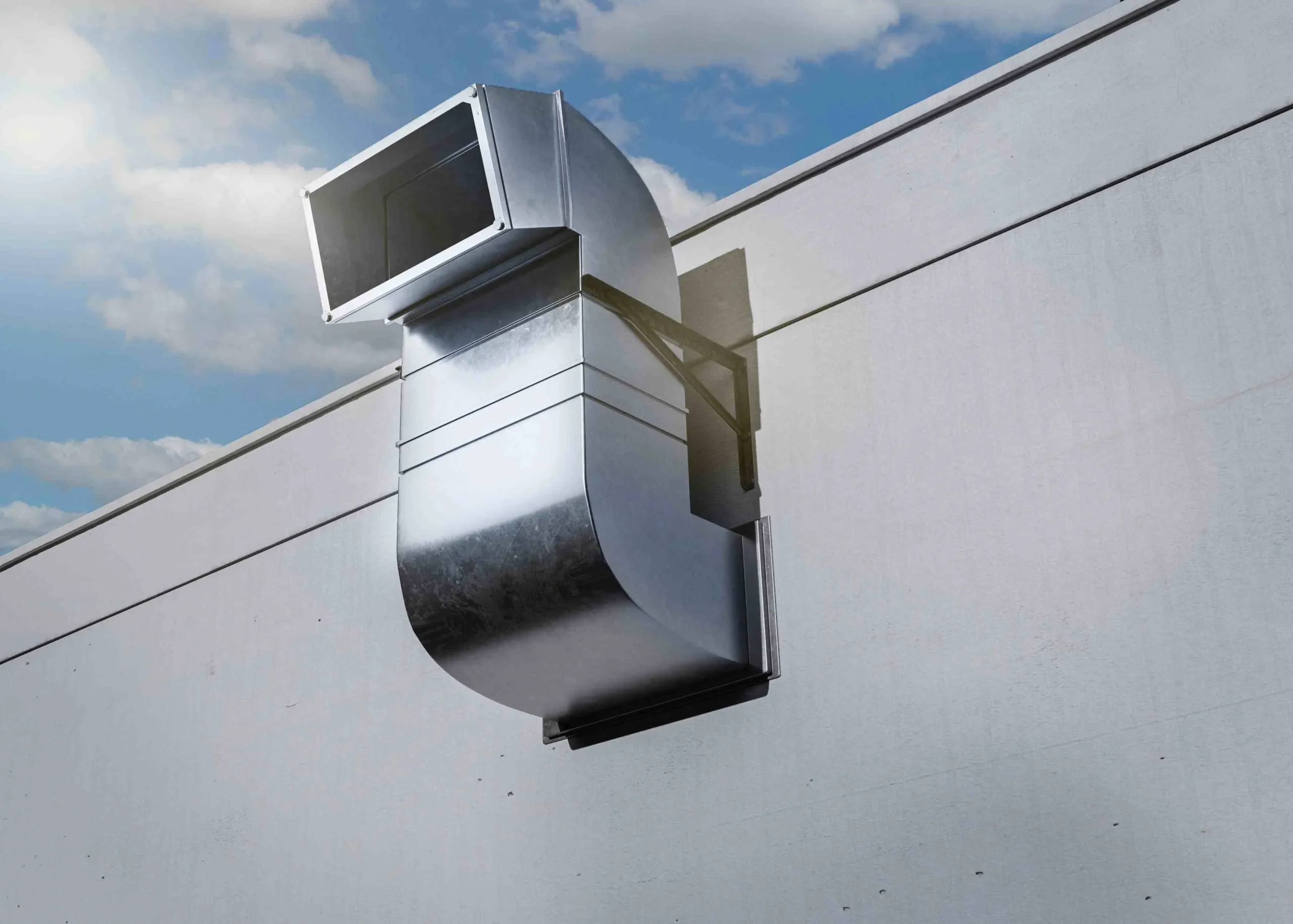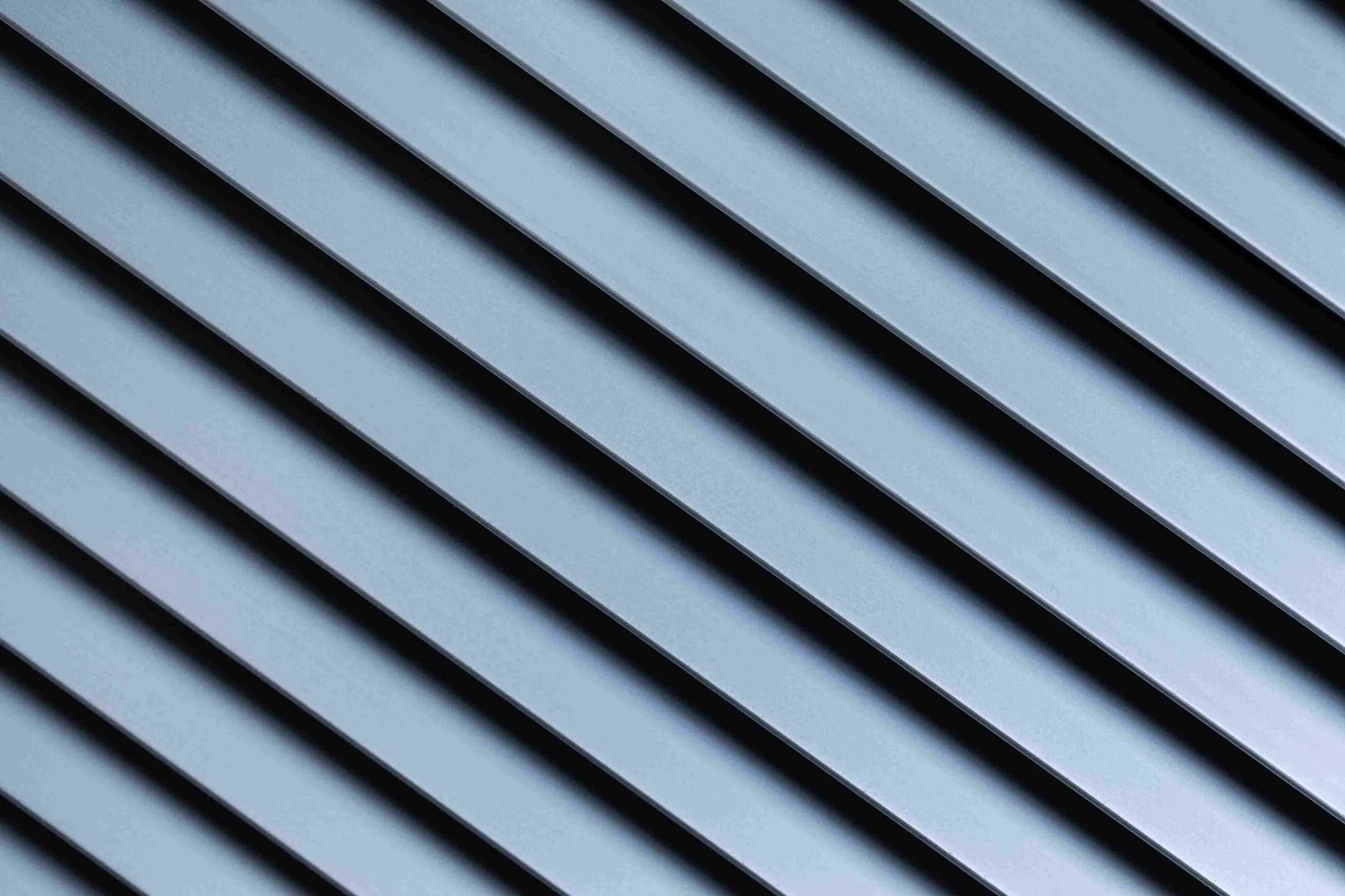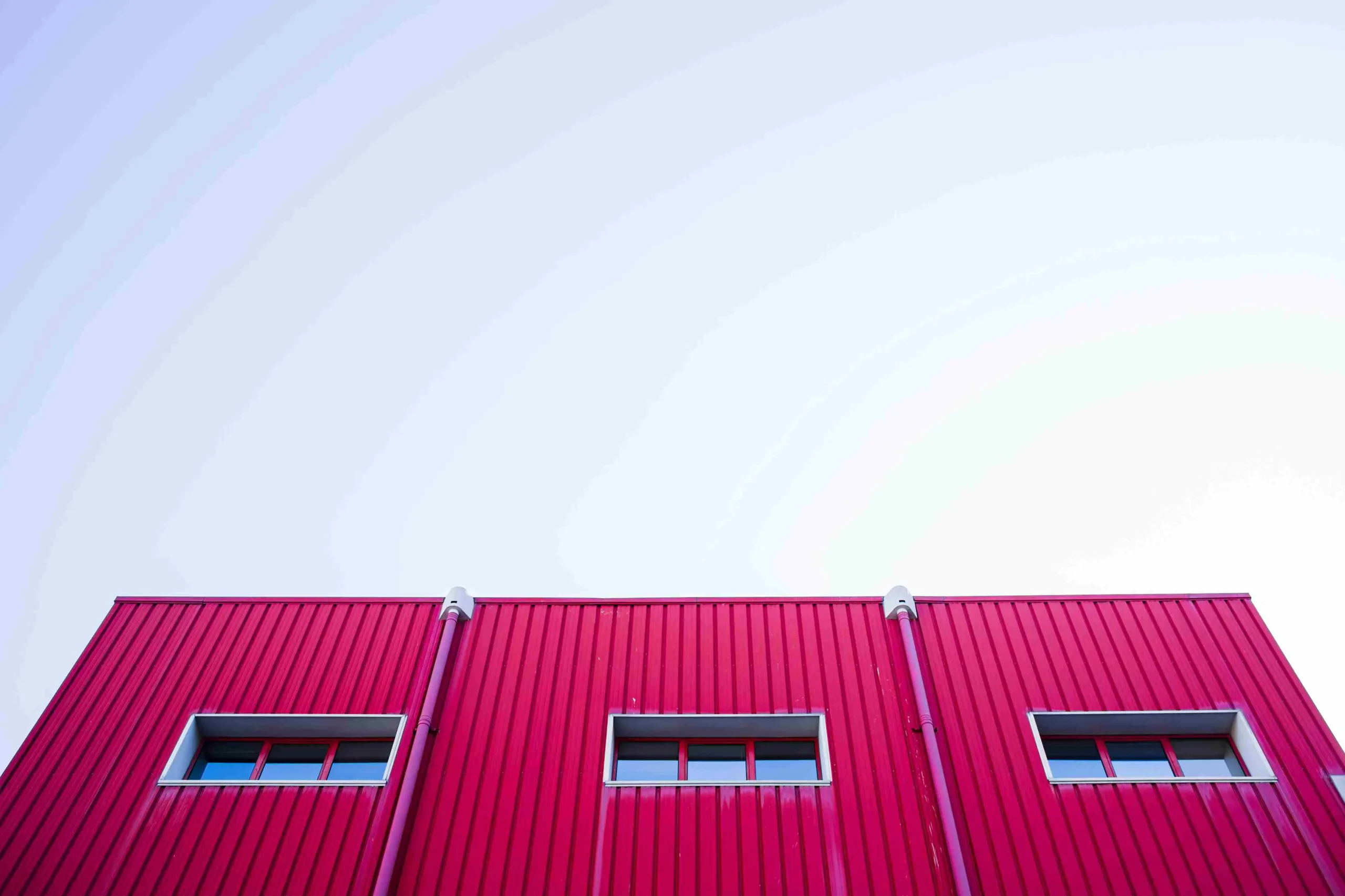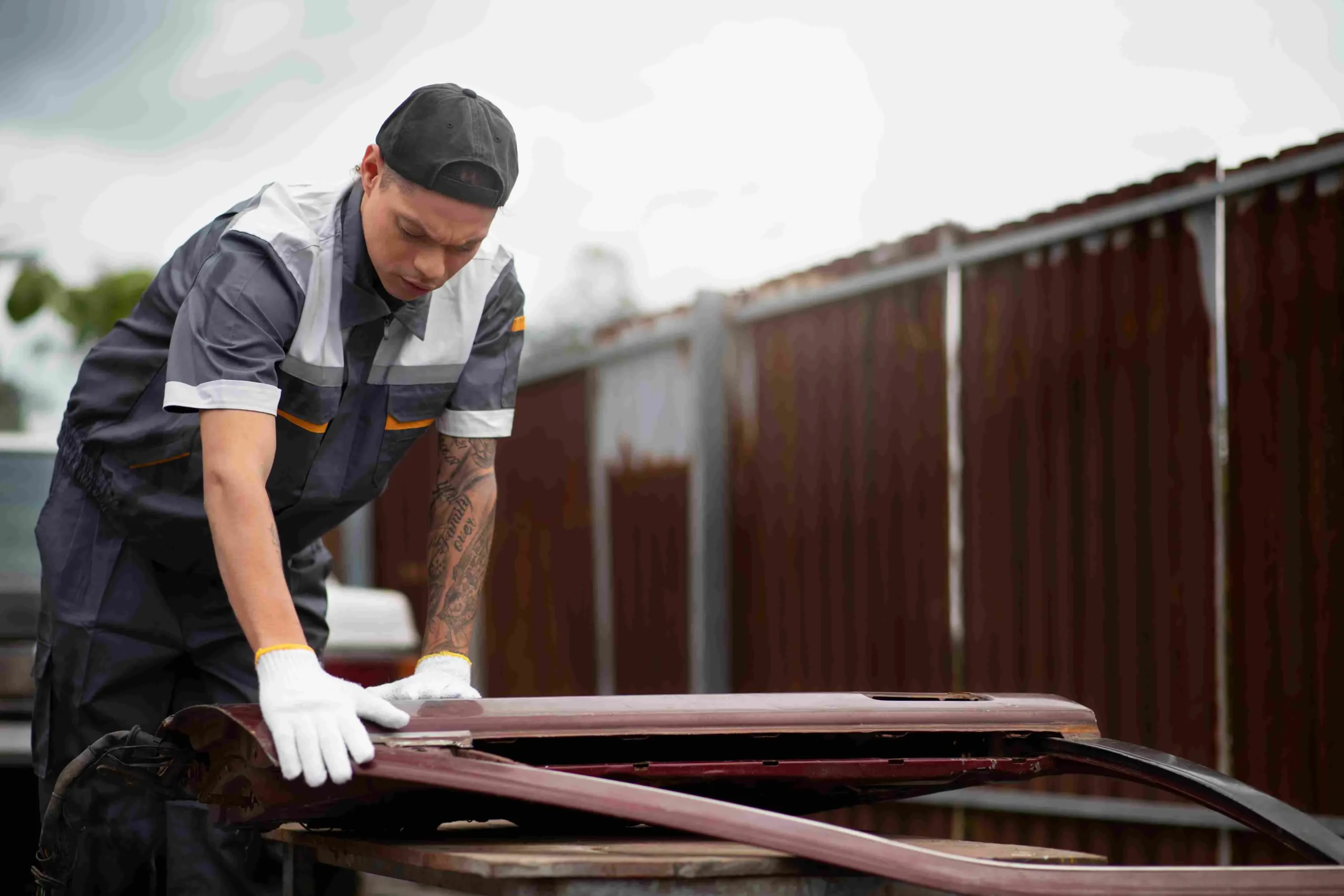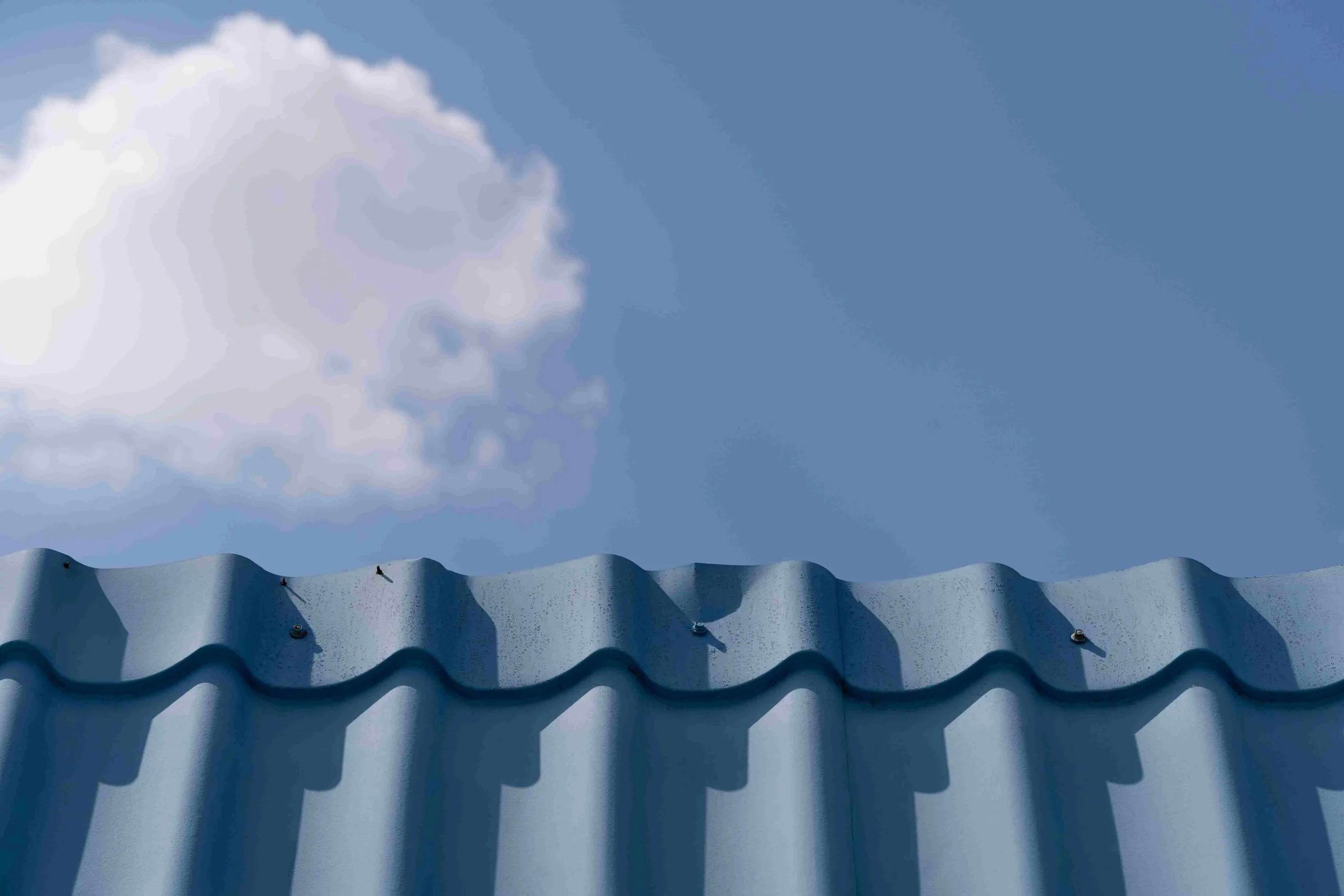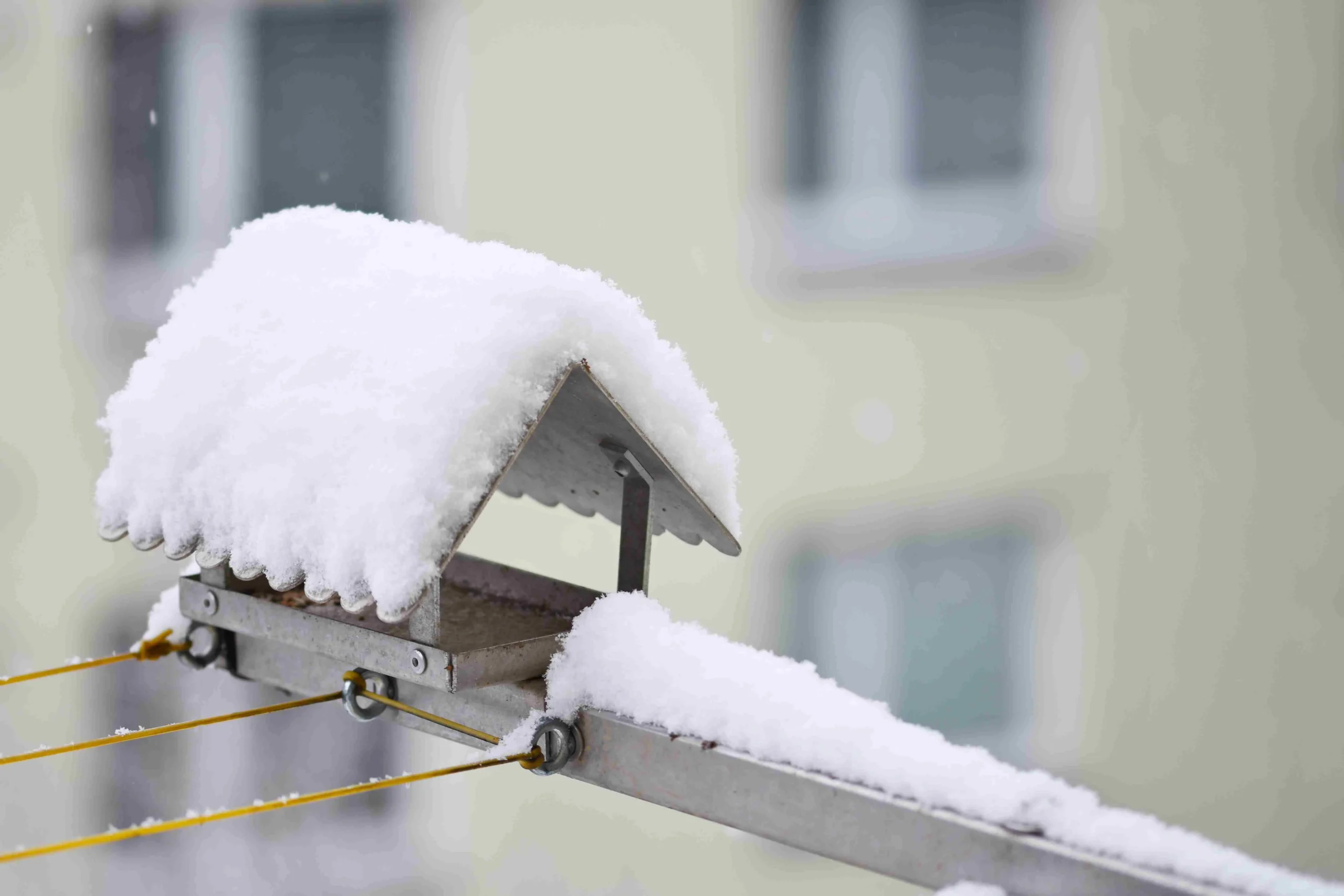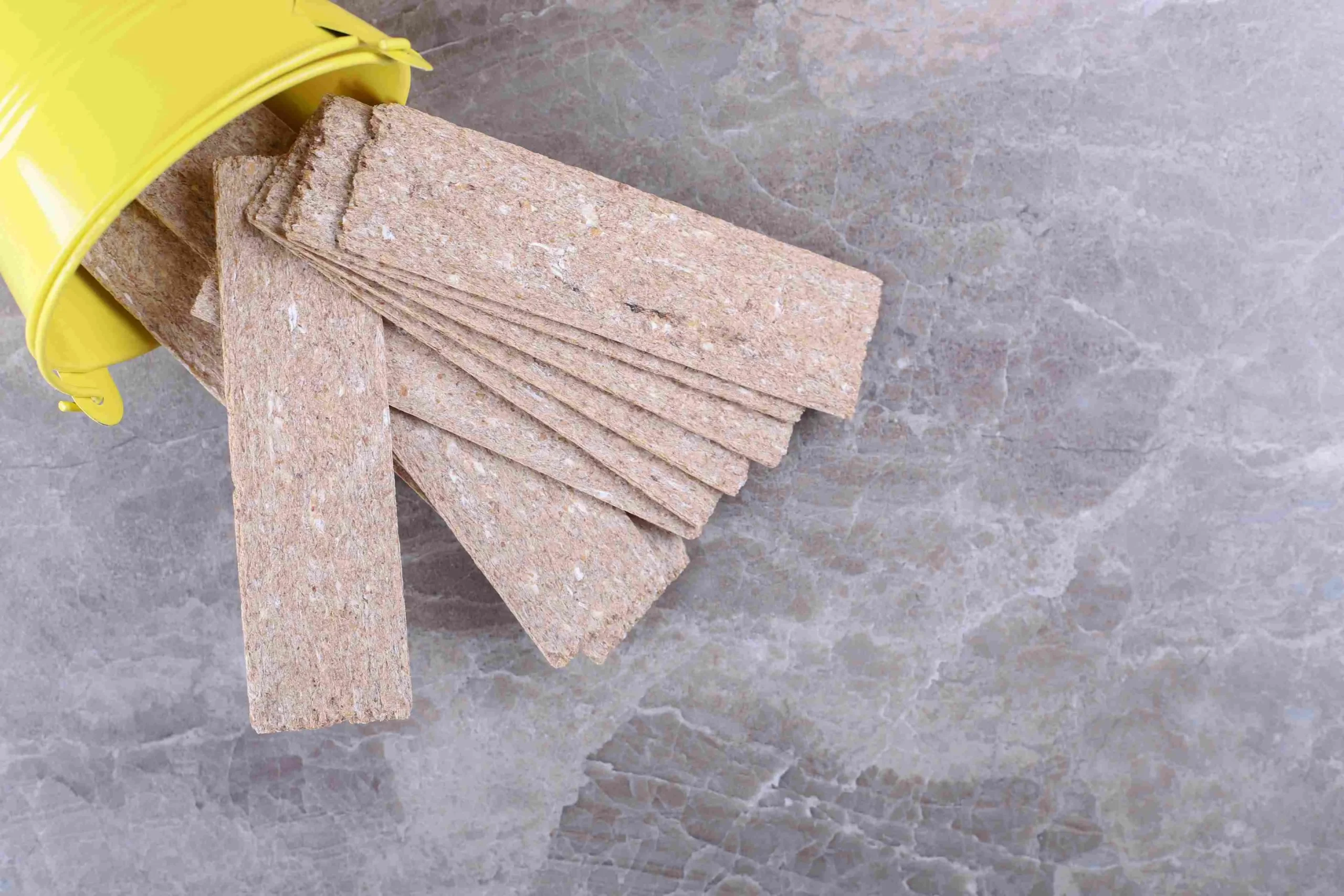Have you ever noticed those little colored grains in your gutters or on the ground after a storm? Those are the granules from your roof shingles! This is one of the most common occurrences with any roof over some time. It may appear insignificant, but these minute particles do an important job in protecting the roof from damage due to various weather conditions. They help in reflecting UV rays, preventing water from seeping through the shingles, thereby multitasking. When these granules begin to disappear, here is the time to go into action to keep the roof in tip-top condition without having to replace expensive shingles!
What is Granular Loss on Roofs
Granular loss on the roof is a normal wear-and-tear process in which the little mineral particles covering the asphalt shingles fall off. These granules protect the shingles from UV rays, weather elements that may cause impact, and add fire resistance. And when these start to disappear, it acts like an indication that your roof needs attention.
Granular loss can make your shingles appear patchy and sometimes bald, exposing the underlying asphalt, which may have extremely severe consequences. If it were left this way, it could really shorten the lifespan of your roof and result in leaks or other costly issues.
Causes of Granular Loss
The causes of granular loss may be due to many different factors, and finding the root of the cause is essential for effective resolution. Here is what you might face:
- Weathering Over Time: Everything in life ages, and so does your roof! With time, exposure to elements like sun, rain, wind, and snow naturally wears down shingles. This can lead to gradual granule shedding, especially in older roofs.
- Severe Weather Conditions: Storms, strong winds, or hail can be so unforgiving. Events like these can strip the granules off your shingles in no time and leave them exposed to a higher risk for more damage.
- Poor Installation: The roofing shortcuts or errors can reduce the life of a roof quite a lot. If the shingles are installed wrong, that could lead to premature granule loss and may even void warranties!
- Inadequate Roof Ventilation: When it comes to poor ventilation in an attic, shingles tend to have very poor performance. Trapped heat and moisture may bake the shingles from underneath and make them loose granules faster.
- Foot Traffic: The granules can be dislodged if several people are walking on the roof. It is, therefore, always best to limit the traffic on the roof or make use of walk paths.
Identifying Signs of Granular Loss
It can be as simple as a casual glance from a safe vantage point or even from the ground to spot granular loss on your roof. But what should you look for?
Check Your Gutters and Downspouts: Observe the gutters and downspouts during your regular roof maintenance. In case you find a larger-than-normal amount of granules collected, this is the indication that your shingles are shedding more than usual.
Look for Bald Spots on Shingles: While enjoying the view from your yard, gaze at each of the shingles. Notice if any shingle appears shiny or bald in comparison with other surrounding shingles.
Look for Discoloration and Inconsistency: Color change or appearance would also intimate the loss of granules. Fading or discolored areas over the shingles may mean that they are begging for a little roof TLC.
Check Your Flower Beds: You may find that granules have been washed off and are scattered around your garden beds, particularly after a rainstorm.
Impact of Granular Loss on Roof Life
When the little granules start slipping away, it is no longer just an aesthetic problem; your roof gives subtle signs that it may be aging at a very rapid rate than it should. The granules protect your roof from the sun, severe weather, and even extend its life. The grainy coat when gone leaves your shingles defenseless against the blistering sun, making it heat penetrate and probably warp or crack your shingles over some time.
Furthermore, the absence of granules allows moisture to settle into the shingle layers. The unchecked moisture can lead to mold growth or rot, which may thus weaken your entire roofing structure. Moreover, granular loss decreases the efficiency of your roofing system in reflecting heat, which results in higher energy bills.
How Much Granule Loss is Too much?
Some granule loss is expected, but losing huge amounts of granules after rain or heavy winds is an alarming situation. The trick here becomes distinguishing between normal aging and any potential damage caused that might affect the integrity of your roof. Once you begin noticing that there are bare areas on your shingles or start finding yourself re-depositing granules into your gutter repeatedly, then that’s when you need to take action.
It is recommended to look for those areas on your roof that appear bare compared to the rest. If your shingles look shiny as they should appear dull, it might be that the granules have worn out exposing the asphalt shingle beneath. This kind of exposure makes the shingles weak, less useful, and shortens the lifetime of your roof.
Repair Techniques for Granular Loss
As daunting as repairing granular loss on a roof may appear, there are quite a number of approaches that can effectively handle the situation. A relatively simple approach is to apply a surface coating, normally of acrylic or silicone, that fills in any lost granules and provides additional weather protection.
Adding the granules back can also be an option, but this would only be the case for small amounts of granule loss. If you have the displaced granules, you can apply them onto the roof while using roof adhesive or cement to hold them in place. Simply apply a little glue on the damaged area, sprinkle some granules over the area, and gently tap to set them firmly.
But for more complicated issues, there’s no way you can attempt it all on your own. Call roofing specialists as early as possible. Such roof professionals are able to determine the damaged area using infrared scanning technology, and after this, they can use certain adhesives to place the missing granules back.
Tips for Preventing Future Granular Loss
It is always better to stop problems before they escalate, and this goes particularly for your roof. Here are some easy steps to keep your shingles in good shape and stop future loss of granules:
- Regular Inspections: It is important to note that any roofing work should be undertaken every six months or after any harsh weather events which may lead to the weakening of the roof.
- Proper Ventilation: Make sure there is enough airflow in the attic area. Wherever the shingles are subject to more heat they would expand leading to the layers becoming more brittle and flaking, losing more granules in the process. A good airflow does the opposite.
- Trim overhanging branches: Strong winds can move trees and branches that may scratch shingles which eventually lead to losing a few granules. Should there be trees with branches that are too close, it is recommended that the trees should be trimmed often so that this problem can be eliminated.
- Gutter care: Water buildup on the roof due to clogged gutters can only accelerate the rate of the shingles deterioration, especially if the amount of granules is already less. This can easily be resolved by cleaning the gutters as this would allow water to follow from your roof smoothly.
Conclusion
The good news is that it’s possible to handle granular loss on your roof without it being a total disaster, just a slight problem. Through proactive steps to repair and take care of your shingles, you extend the life of your roof for decades to come, and this prevents unexpected costly repairs. The regular inspections will help you in catching granular loss in due time, and you would have to fix smaller portions of the roof instead of the whole one. Take a tube of roof sealant with a couple of extra granules and show your love to the roof! If you maintain your roof well, then it will keep your home safe and in great shape for many years.
FAQs
What is the cause of granule loss on roofing?
The causes of granule loss on roofing include weather exposure to heavy rain, high winds, and UV rays from the sun. Over time, shingles naturally deteriorate due to these elements, which, in turn, loosen the granules and make them fall off. Poor ventilation or improper installation can also hasten the process of granule loss. Furthermore, age plays an important role, as older shingles are more prone to losing granules.
Can I use sealant to repair granular loss, and how should I apply it?
Yes, the most effective repair to repair granular loss involves a specialized roof sealant. Cleaning should be done first, and then apply the sealant on the affected areas, extending about 6 inches beyond the edges on the surrounding granules. Immediately place the matching granules over the sealant, continuing to do so until no more granules will adhere. This will protect the exposed asphalt and restore some of the roof’s lost protective qualities.
How would you avoid losing more of the granules after repair?
Prevent further granular loss by regularly cleaning your roof and gutters, and trim overhanging branches to reduce abrasion. Proper attic ventilation will also help; be sure to schedule periodic inspections so that any potential issues can be dealt with before they become major problems.



